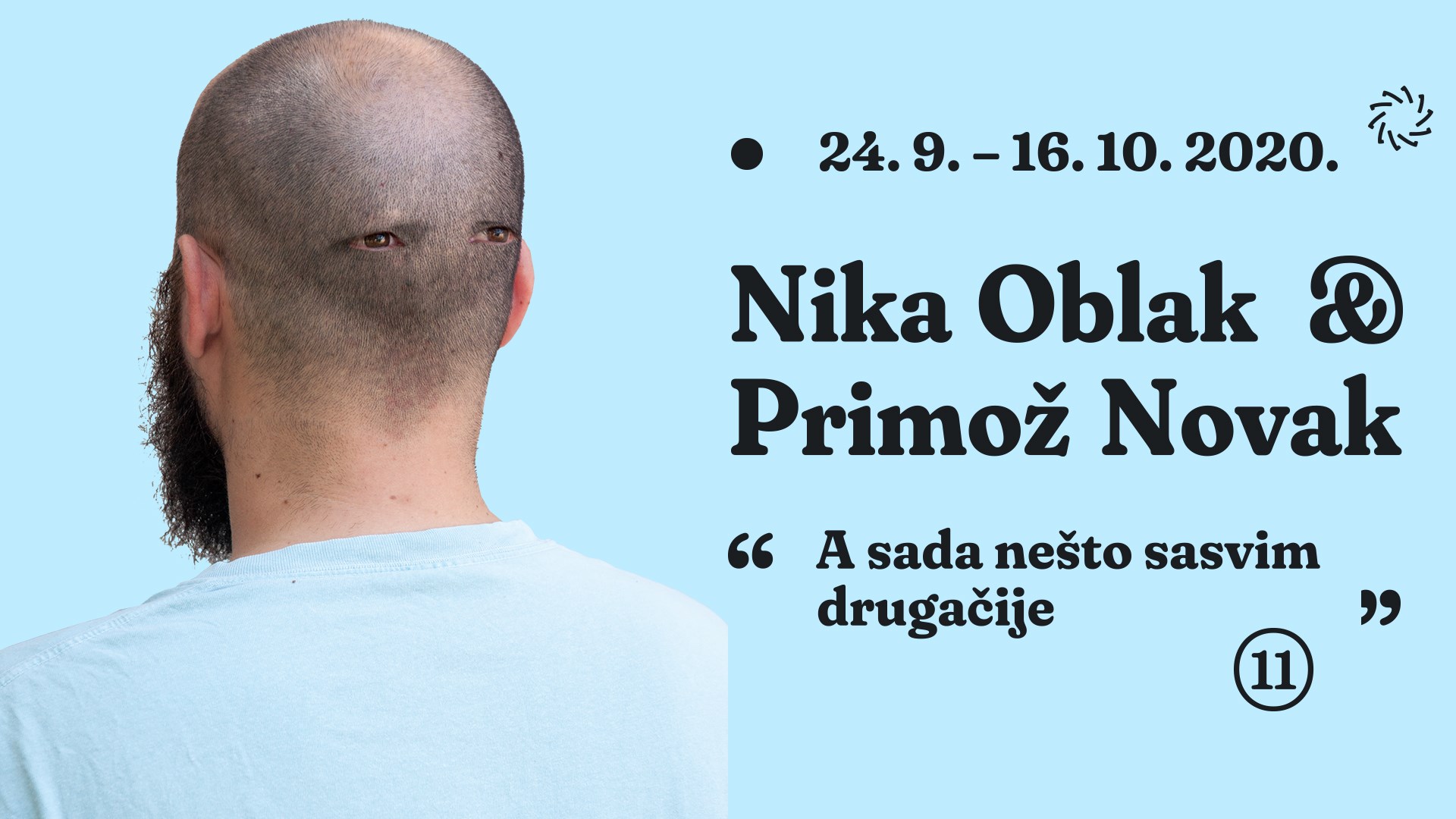Retrospective exhibition by Nika Oblak and Primož Novak
The retrospective exhibition by the Slovene artists Nika Oblak and Primož Novak will be opened to the public at the Filodrammatica Gallery (28/1 Korzo Street, Rijeka) on Thursday, 26 September at 7 p.m.
The exhibition will be open until 16 October. The opening hours of the exhibition are Monday through Saturday from 5 p.m. to 8 p.m. (or you can contact us to arrange another time). Free admission.

Nika Oblak and Primož Novak have been collaborating since 2003. Their artistic practice examines contemporary media and a society governed by capital. Their artwork straddles the line between reality and fiction and due to the unexpected way in which this delineation is presented, they often evoke shock and awe among visitors. These exceptionally witty artists have exhibited their works at almost all the prestigious digital art events (Japan Media Arts Festival, Transmediale Berlin, FILE Sao Paolo, Istanbul Biennale, etc.) and have won a slew of awards, including the 2019 Rihard Jakopič Award for Best Individual Contemporary Art Project in Slovenia.

“Nika Oblak and Primož Novak use technology as an instrument of self-reflection; they build complex machines that manage to connect the physical and the virtual, the digital and the mechanical, the natural and the artificial. Since 2003 they have collaborated on a series of projects, including performances, films, photographs and installations that jointly explore modern life, with an emphasis on its most controversial aspects: the pitfalls of consumerism, oppressive work and political structures, the ambiguous relationship between reality and fiction and the hidden dangers of the uncritical utilisation of technology.
For example, their work The Box (2005) shows artists behind a TV screen, from which they are trying to escape by pushing and striking the walls. Their actions penetrate the physical world by bending the frame of the monitor, but they can never break through to the other side because the mass media system is a large rubber wall that prevents us escaping its influence, regardless of the effort we make. The idea of helplessly attempting to establish a physical connection between what is inside and outside the screen and creating a rift between these two words is reminiscent of the influential 1977 performance The Last Nine Minutes by the American artist Douglas Davis. Like many other artists of the time, Davis thoroughly contemplated the increasing world of telecommunication and its profound effect on human consciousness and social relationships. Yet, despite the similarities, Oblak and Novak’s work is fundamentally different in terms of aesthetics and concept: people today not only explore new communication tools, they are completely fused together to an extent that makes them unable to realise their true influence. In order to describe this novel situation, the artists construct alternative machines, ironic devices that meticulously depict our everyday lives as a circle of repetitive action that are simultaneously entertaining and exhausting.”
(Valentina Tanni, retrieved from Aksioma.org)